There’s a long-standing misconception that men who are deeply involved in fashion are either less masculine or gay. This stereotype is rooted in outdated ideas about gender roles, where fashion, style, and self-expression were traditionally associated with femininity. However, fashion is for everyone, and personal style has nothing to do with sexual orientation.
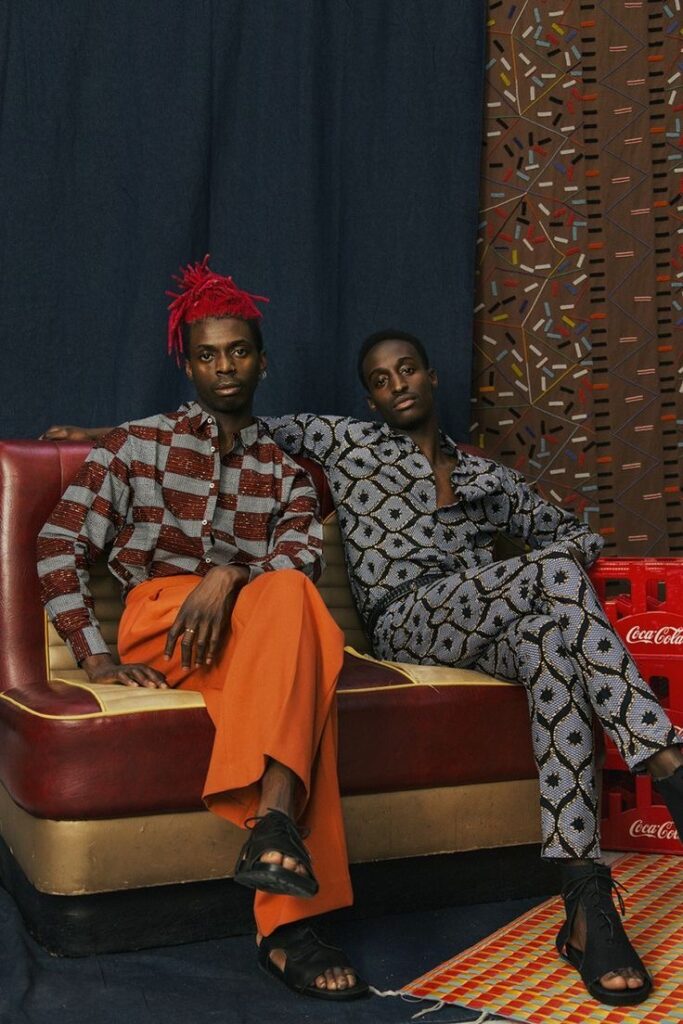
Fashion is an art form and a way for individuals to express their identity, creativity, and personality. Just as music, sports, and business have no gender or sexual orientation, neither does fashion. Men who take an interest in clothing, trends, and styling simply appreciate aesthetics and presentation.
Historically, men have been deeply involved in fashion. Kings, warriors, and noblemen across cultures wore elaborate outfits, jewelry, and accessories. African traditional fashion, for example, features vibrant agbadas, beaded accessories, and embroidered fabrics that symbolize status and heritage. In the 18th century, European aristocrats wore heels, wigs, and ornate clothing, showing that fashion was never exclusive to one gender.
The fashion industry is incredibly diverse, with some of the biggest names—designers, stylists, and models—being men from all backgrounds. Icons like Virgil Abloh, Karl Lagerfeld, and Ozwald Boateng have shaped the industry without their personal style being questioned. Similarly, Nigerian fashion pioneers like There’s a long-standing misconception that men who are deeply involved in fashion are either less masculine or gay. This stereotype is rooted in outdated ideas about gender roles, where fashion, style, and self-expression were traditionally associated with femininity. However, fashion is for everyone, and personal style has nothing to do with sexual orientation.
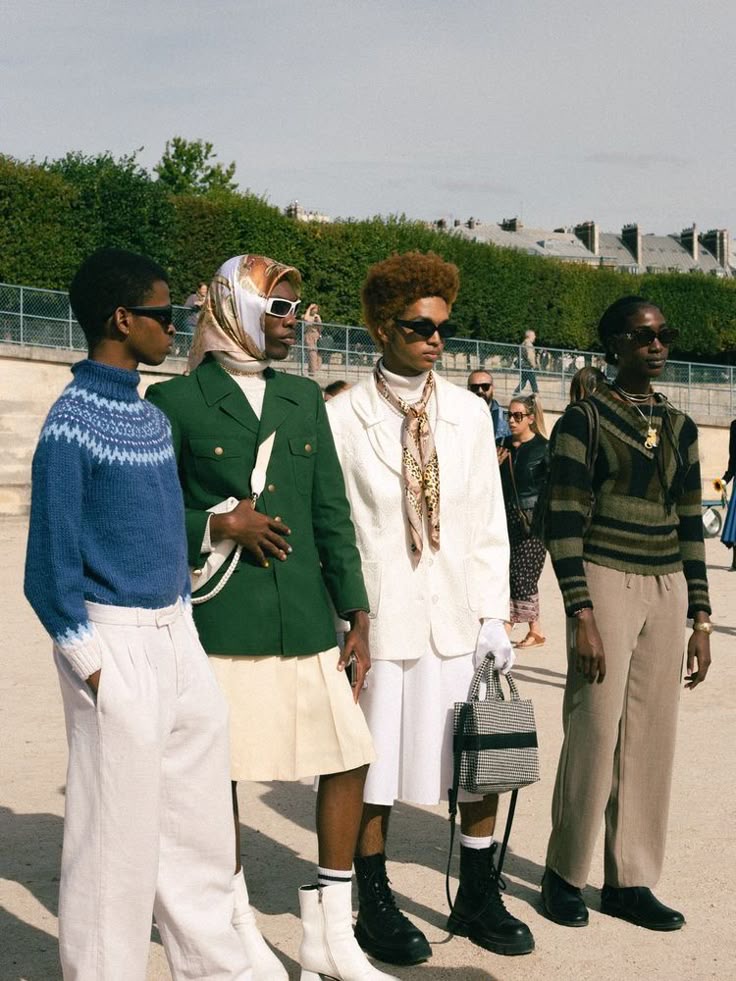
Fashion is an art form and a way for individuals to express their identity, creativity, and personality. Just as music, sports, and business have no gender or sexual orientation, neither does fashion. Men who take an interest in clothing, trends, and styling simply appreciate aesthetics and presentation.
Historically, men have been deeply involved in fashion. Kings, warriors, and noblemen across cultures wore elaborate outfits, jewelry, and accessories. African traditional fashion, for example, features vibrant agbadas, beaded accessories, and embroidered fabrics that symbolize status and heritage. In the 18th century, European aristocrats wore heels, wigs, and ornate clothing, showing that fashion was never exclusive to one gender.
The fashion industry is incredibly diverse, with some of the biggest names—designers, stylists, and models—being men from all backgrounds. Icons like Virgil Abloh, Karl Lagerfeld, and Ozwald Boateng have shaped the industry without their personal style being questioned. Similarly, Nigerian fashion pioneers like Mai Atafo, Adebayo Oke-Lawal, Ohimai Atafo, Ugo Monye, Tokyo James, Kenneth Ize, and Emmy Kasbit have redefined men’s fashion with their creativity and innovation. Their influence proves that style has nothing to do with sexuality but rather a deep appreciation for aesthetics and self-expression. Assuming a man’s sexuality based on his fashion sense is both ignorant and unfair.

Adebayo Oke-Lawal
The idea that men should not care about fashion stems from toxic masculinity, where anything outside traditional male stereotypes (like sports, cars, or business) is considered “soft” or “feminine.” This mindset limits men from exploring creativity and self-expression. It also pressures them to dress in ways that conform to outdated norms rather than embrace their own unique style.
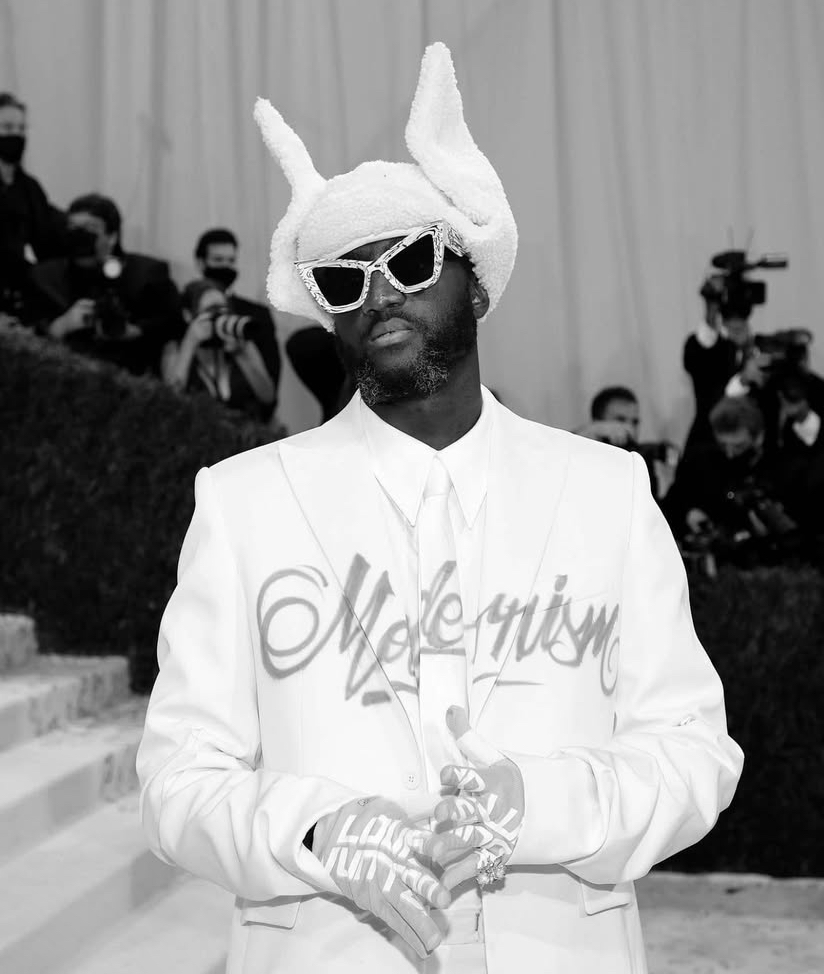
Virgil Abloh
Fashion is universal—everyone wears clothes, and caring about your appearance doesn’t define masculinity or sexuality. A well-dressed man commands respect and attention, whether in business, social settings, or personal life. More men embracing fashion means more diversity, innovation, and representation in the industry. The more men confidently embrace fashion, the less power these stereotypes hold.
At the end of the day, fashion is about confidence and self-expression, not about proving masculinity or justifying one’s sexual orientation. A man who dresses well is simply a man who values his appearance—nothing more, nothing less.have redefined men’s fashion with their creativity and innovation. Their influence proves that style has nothing to do with sexuality but rather a deep appreciation for aesthetics and self-expression. Assuming a man’s sexuality based on his fashion sense is both ignorant and unfair.

Kenneth Ize
The idea that men should not care about fashion stems from toxic masculinity, where anything outside traditional male stereotypes (like sports, cars, or business) is considered “soft” or “feminine.” This mindset limits men from exploring creativity and self-expression. It also pressures them to dress in ways that conform to outdated norms rather than embrace their own unique style.
Fashion is universal—everyone wears clothes, and caring about your appearance doesn’t define masculinity or sexuality. A well-dressed man commands respect and attention, whether in business, social settings, or personal life. More men embracing fashion means more diversity, innovation, and representation in the industry. The more men confidently embrace fashion, the less power these stereotypes hold.
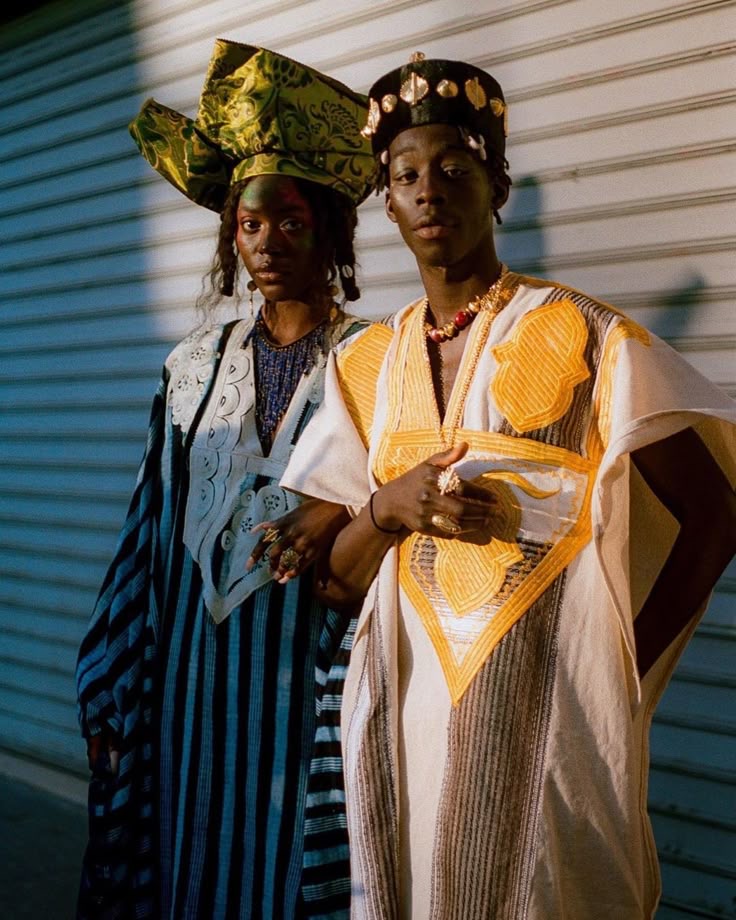
At the end of the day, fashion is about confidence and self-expression, not about proving masculinity or justifying one’s sexual orientation. A man who dresses well is simply a man who values his appearance—nothing more, nothing less.
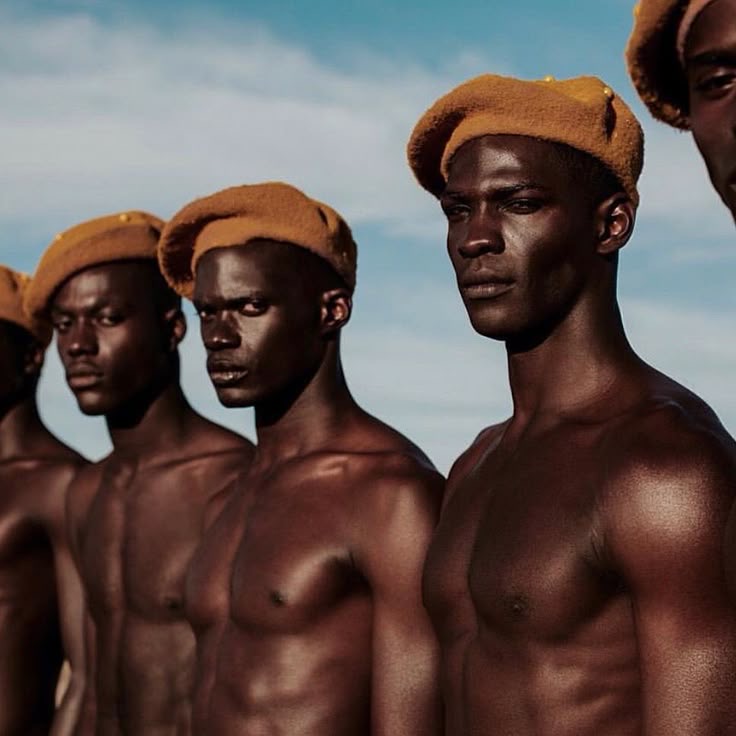
Exactly fashion goes deeper than we think….
I love wat you are doing Bby. Keep going sweetheart m❤️🥰